The wonders of nature never cease to amaze us, with new species of animals being constantly discovered worldwide. Of particular fascination are the rare and extraordinary birds that have captured the attention of scientists, researchers, and bird enthusiasts alike, due to their diverse array of colors and striking appearances.
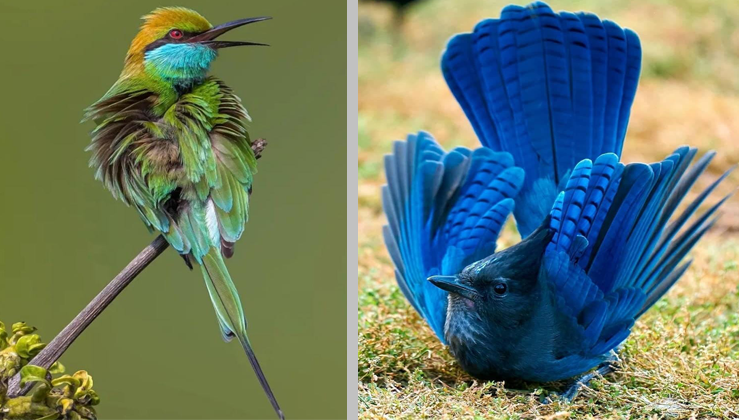
Here on our beautiful planet, we are graced with an array of colorful birds that range from fluffy little balls to radiant rainbow hues. Nature truly knows how to play around with their appearances, constantly surprising us with their stunning looks. Let’s take a moment to appreciate some of the most breathtaking birds out there. Here are 16 photos of these magnificent creatures that will surely fulfill your craving for beauty.
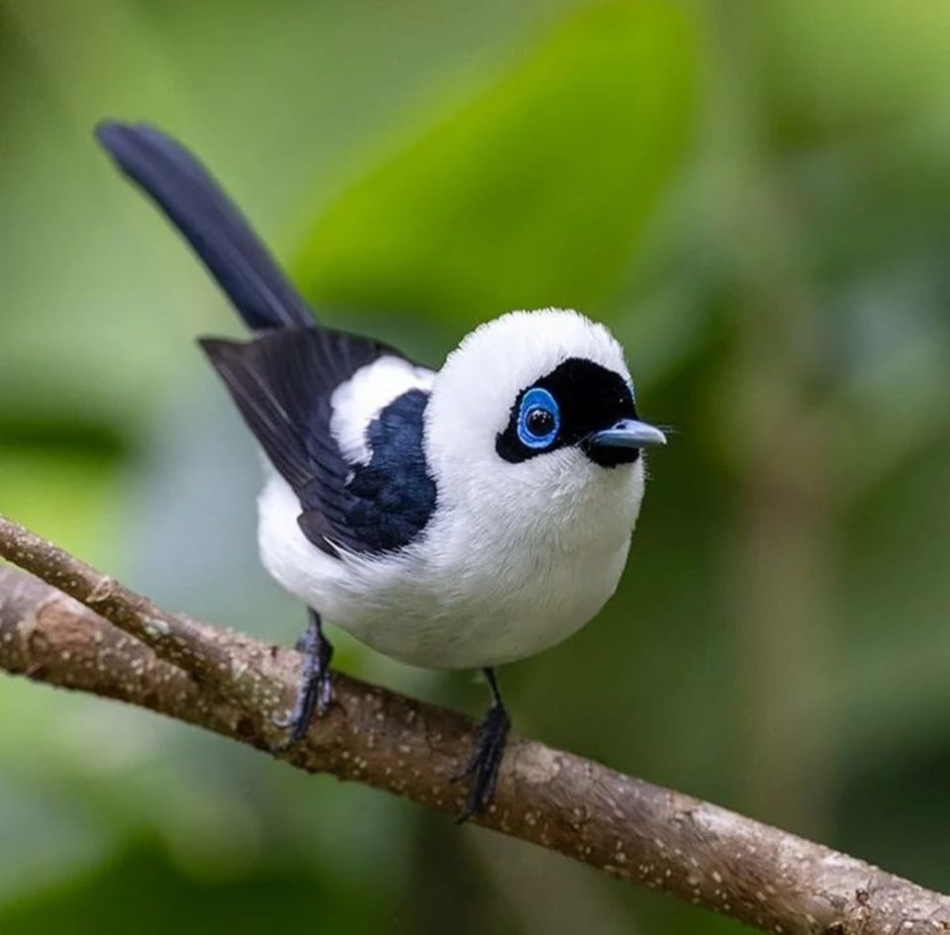
The Frill-necked Monarch, also known as Arses lorealis, belongs to the Monarchidae family and is native to the lush rainforests of the northern Cape York Peninsula. Initially thought to be a subspecies of the frilled monarch (Arses telescophthalmus), it was later reclassified as a distinct species in 1999 by Schodde and Mason, a decision supported by Christidis and Boles in 2008. This fascinating bird measures approximately 14 cm (5.5 in) in length, with the unique ability for its neck feathers to stand up in a small frill. The male Frill-necked Monarch has a striking black and white coloration, easily distinguishing it from the more common pied monarch by its all-white breast – the pied monarch, in contrast, sports a broad black breast band. Its throat, nape, shoulders, and rump are adorned in white, while the wings and head are a deep shade of black.
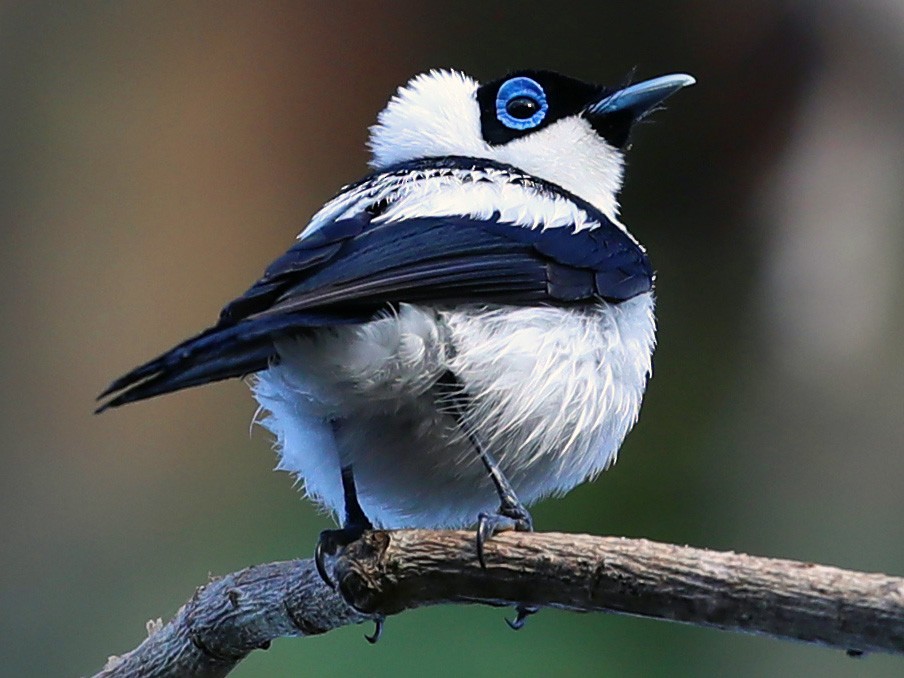
The habitat of the range extends from the northern tip of the Cape York Peninsula to the southwest of Weipa, and stretches southeast to the Iron Range and Coen. It is commonly found in subtropical or tropical moist lowland forests and subtropical or tropical moist montane forests. Breeding for this species occurs from November to February, with only one brood being raised during this time. Their nest is carefully constructed using vines, sticks, spider webs, shredded plant material, and lichen, creating a shallow cup shape. The nest is typically positioned on a hanging vine away from the trunk or foliage of a large tree, approximately 2-10 meters above the ground. The two eggs laid are oval-shaped, white with a pink tinge, and marked with lavender and reddish-brown spots, measuring 19 mm x 14 mm.
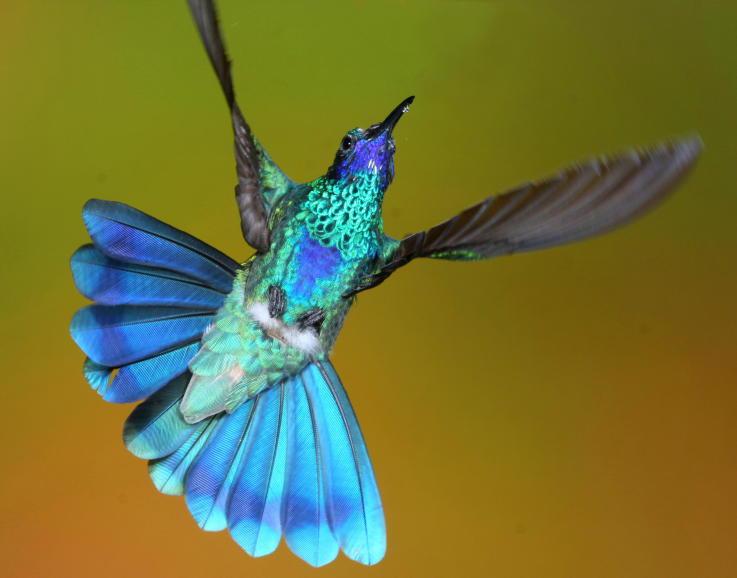
The Sparkling Violetear, known scientifically as Colibri coruscans, is a large and vocal species of hummingbird that is territorial in nature. This beautiful bird is commonly found in various semi-open habitats such as gardens and parks in major cities, with Quito, Ecuador being a popular spot to spot them. The Sparkling Violetear is the most common hummingbird species in its range and can be observed in highland areas across northern and western South America, including the Andes, the Venezuelan Coastal Range, and the tepuis. Belonging to the Trochilidae family, the Sparkling Violetear is part of the Colibri genus which includes four known species: the Sparkling Violetear, Brown Violetear, White-vented Violetear, and Green Violetear.
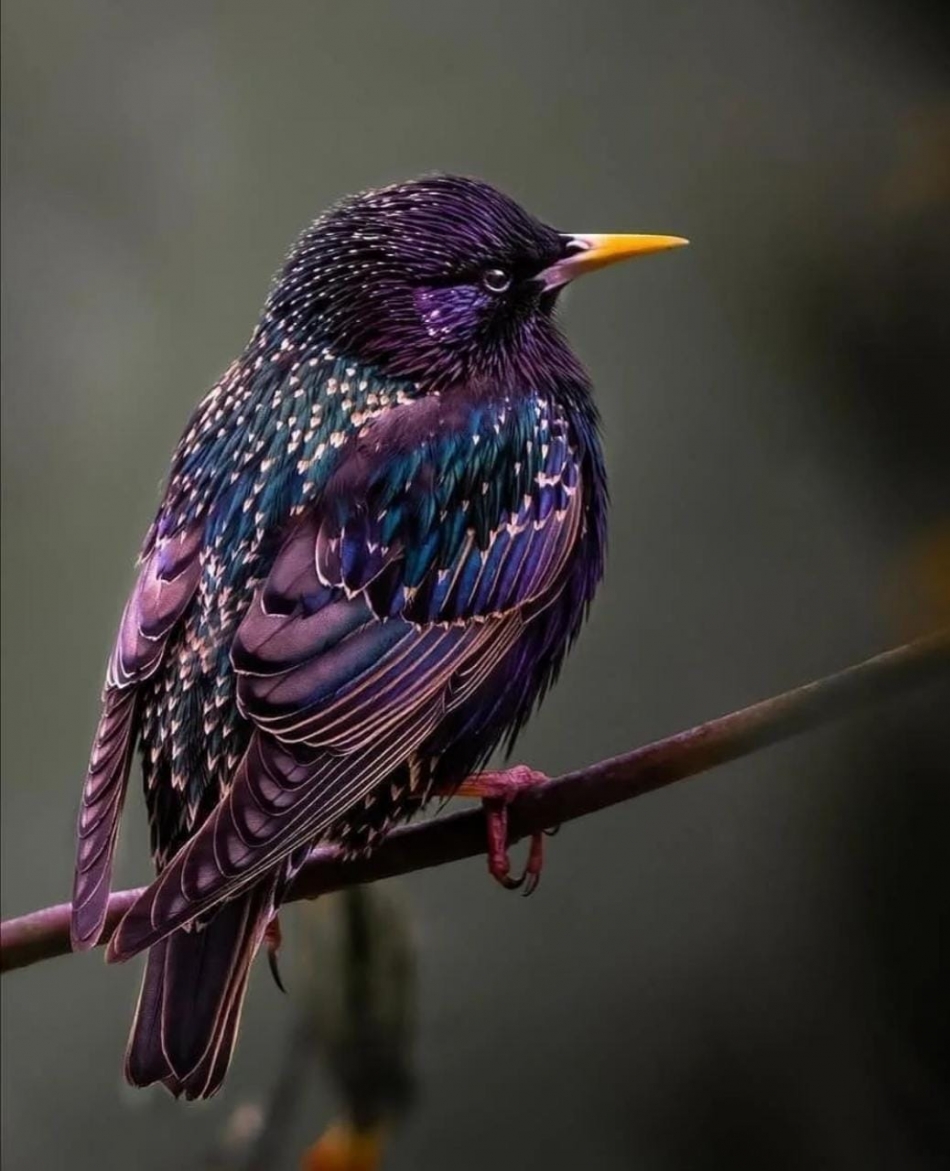
The European Starling, known scientifically as Sturnus vulgaris, can be found in most of the world’s biogeographical realms, with the exception of the Neotropics. Originally from the Palearctic region, these birds were brought to North America in 1890. Despite only fifteen pairs surviving out of the one hundred released in New York City, the starling population in North America grew exponentially over the next century. Their ability to adapt to various environments allowed them to spread across the United States, from the Atlantic to the Pacific and from Southern Canada to Northern Mexico. European Starlings prefer lowland areas for nesting during breeding season, needing holes in trees or buildings and fields for feeding. They are opportunistic nesters, often taking over other birds’ nests. Throughout the rest of the year, they can be found in a range of habitats, from moorland to salt marshes.

The Tawny-flanked Prinia is a small bird that may not catch your eye at first glance, as it easily blends into its surroundings of grass and bushes. However, it typically grabs attention with its distinctive call. These birds are known for their fast movements and rarely stay still long enough to be closely observed, unless they are belting out a song.
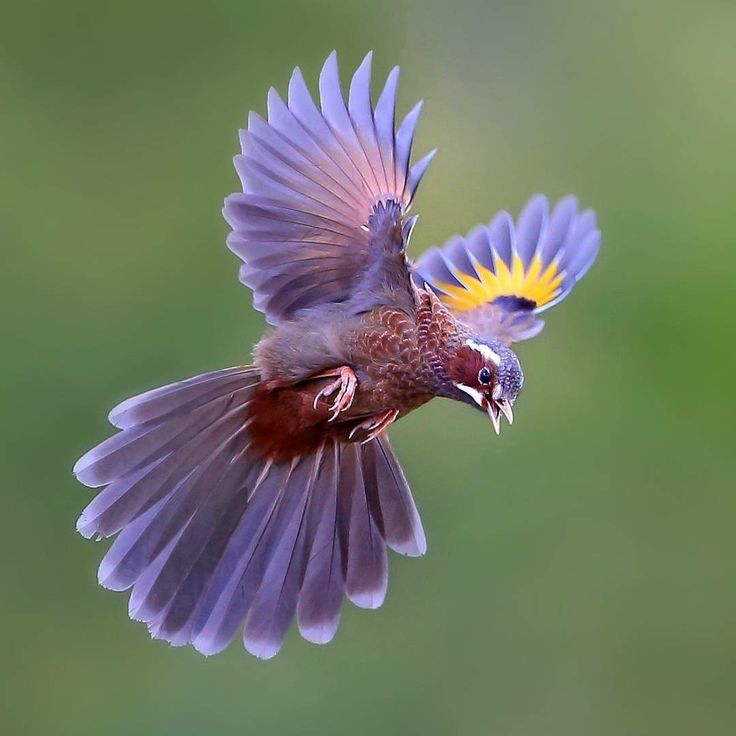
The White-whiskered Laughingthrush, also known as the Formosan Laughingthrush (Garrulax morrisonianus), is a bird species found in the Leiothrichidae family. This bird is native to the mountainous forests of Taiwan. Known for its unique face pattern, this bird has a thrush-like bill that is yellowish to horn-colored, black eyes, and strong brownish-pink legs. With an average body weight of 77 grams, it is a sociable bird that often travels in large groups and is not easily intimidated by humans. While not considered a vulnerable species, the White-whiskered Laughingthrush’s population is believed to be decreasing due to habitat destruction and fragmentation, with an estimated 10,000 to 100,000 breeding pairs in Taiwan.
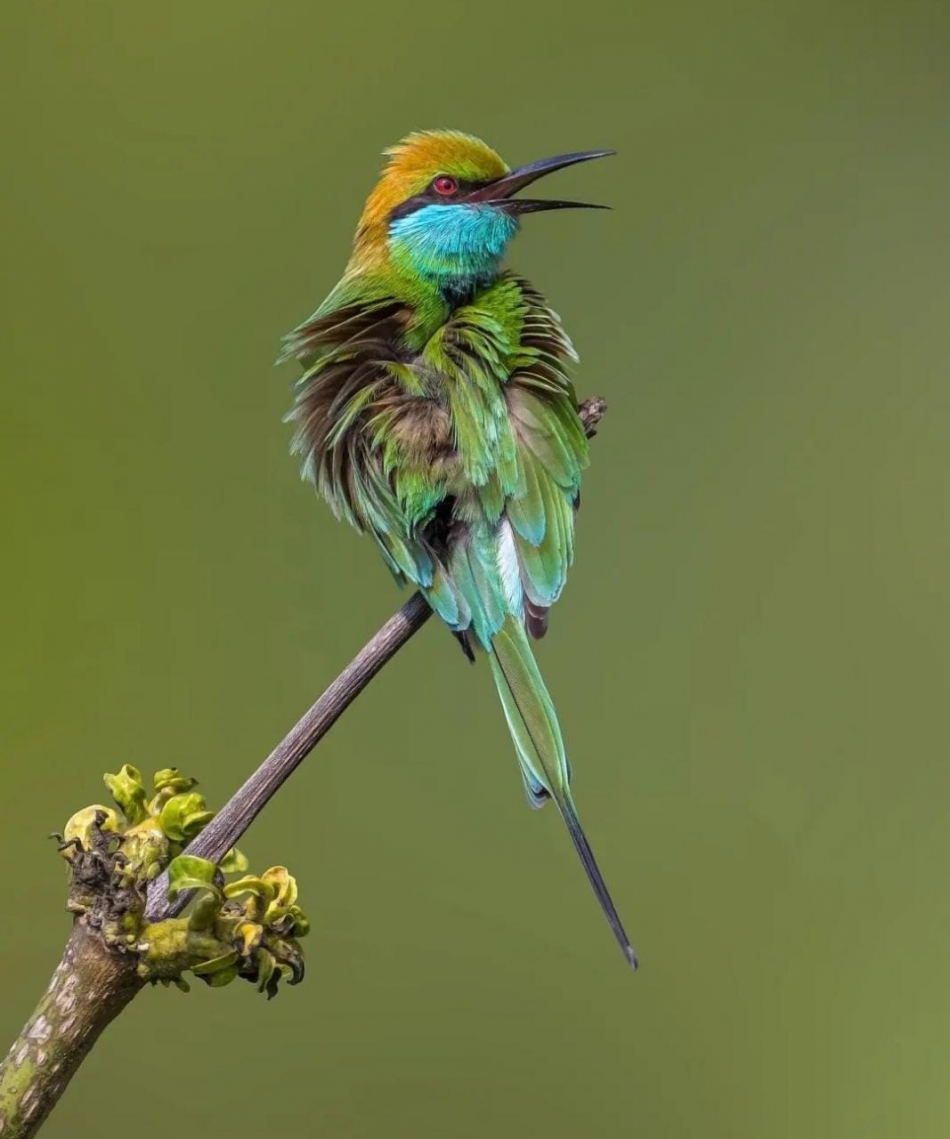
The Green Bee-eater is a fascinating bird known for its vibrant colors, slender body, and long bill. These graceful creatures belong to the family Meropidae and have a diet consisting mainly of winged insects such as bees, wasps, and dragonflies. They can often be seen perched on high spots like dead trees in open areas, where they have a good view of their prey. In Southeast Asia, bee-eaters are known to nest in burrows in sandy cliff faces or even in man-made structures. The Red-bearded Bee-eater, in particular, is known to nest in termite mounds. While bee-eaters are most diverse in Africa, Southeast Asia is also home to eight species of these beautiful birds, either as residents or migratory visitors.
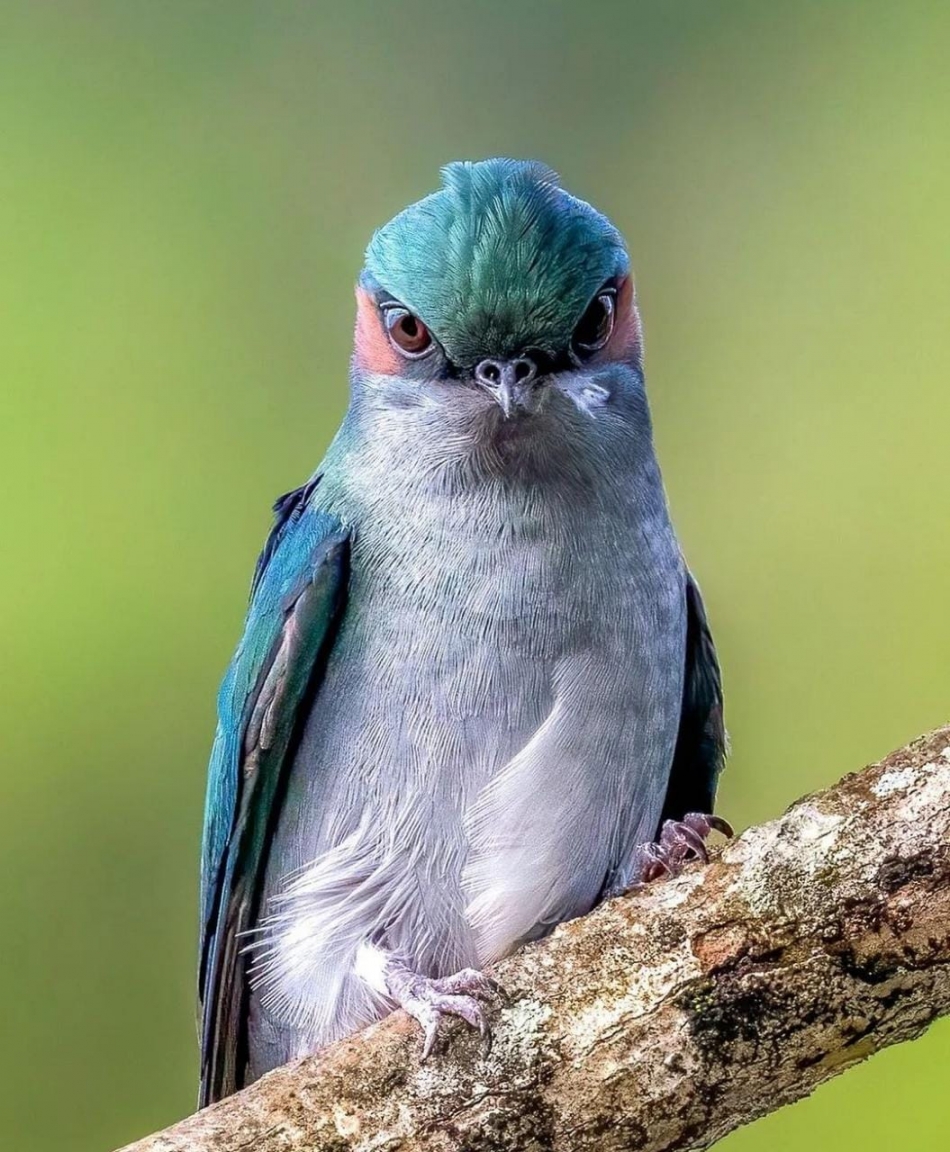
The grey-rumped treeswift (Hemiprocne longipennis) is a unique bird belonging to the Hemiprocnidae family, which currently includes four existing species. Unlike true swifts, treeswifts like to hang out in trees and on powerlines, with their wings crossing over their tails when perched. These birds are often spotted in peninsular Malaysia, but their population trend is not well-documented due to their extensive range.
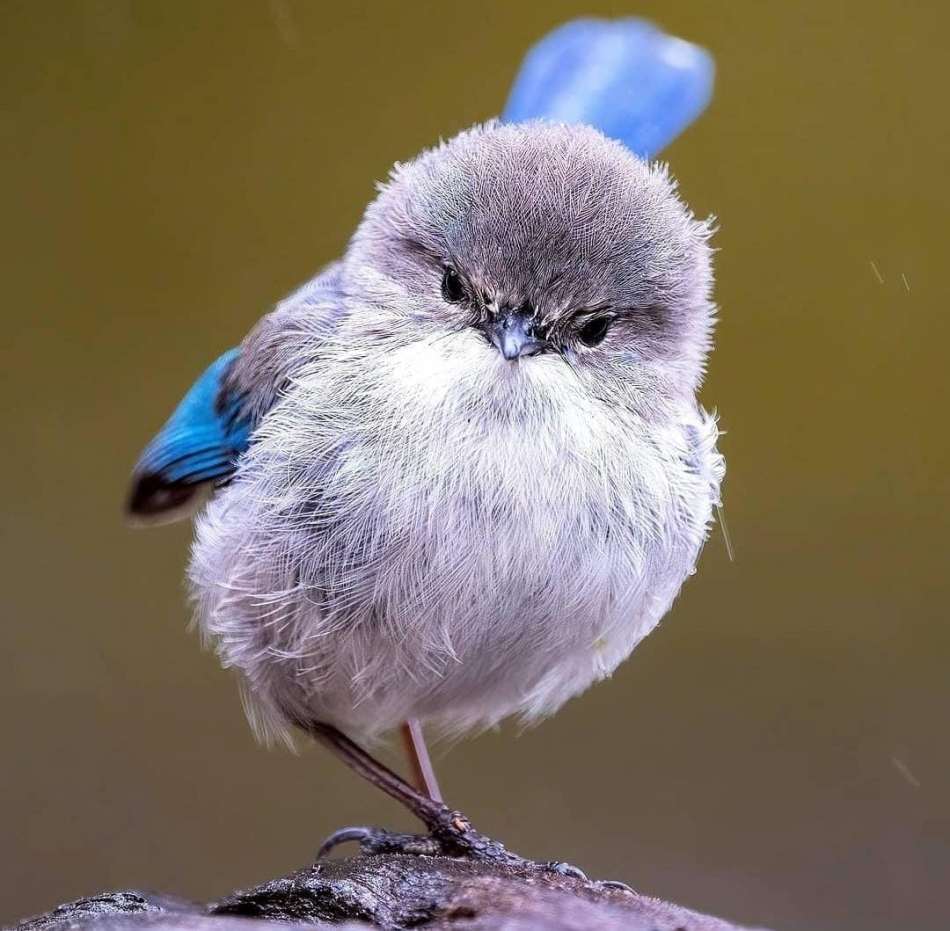
The Superb Fairy-wren is easily recognized by its stunning blue-and-black feathers. The males, also known as ‘coloured’ males, are often seen with a group of brown ‘jenny wrens’. These brown birds are not just females, but also young males that have not yet developed their breeding plumage. The nests of these fairy-wrens are messy and usually contain three to four eggs, but not all of these eggs belong to the ‘coloured’ male as there is a lot of infidelity among female fairy-wrens. Superb Fairy-wrens are mainly found in eastern Australia, Tasmania, and the southeastern corner of South Australia. They can be found in various habitats with dense cover and low shrubs, including urban parks and gardens. These birds are usually spotted in small social groups consisting of one male, several females, and young birds.
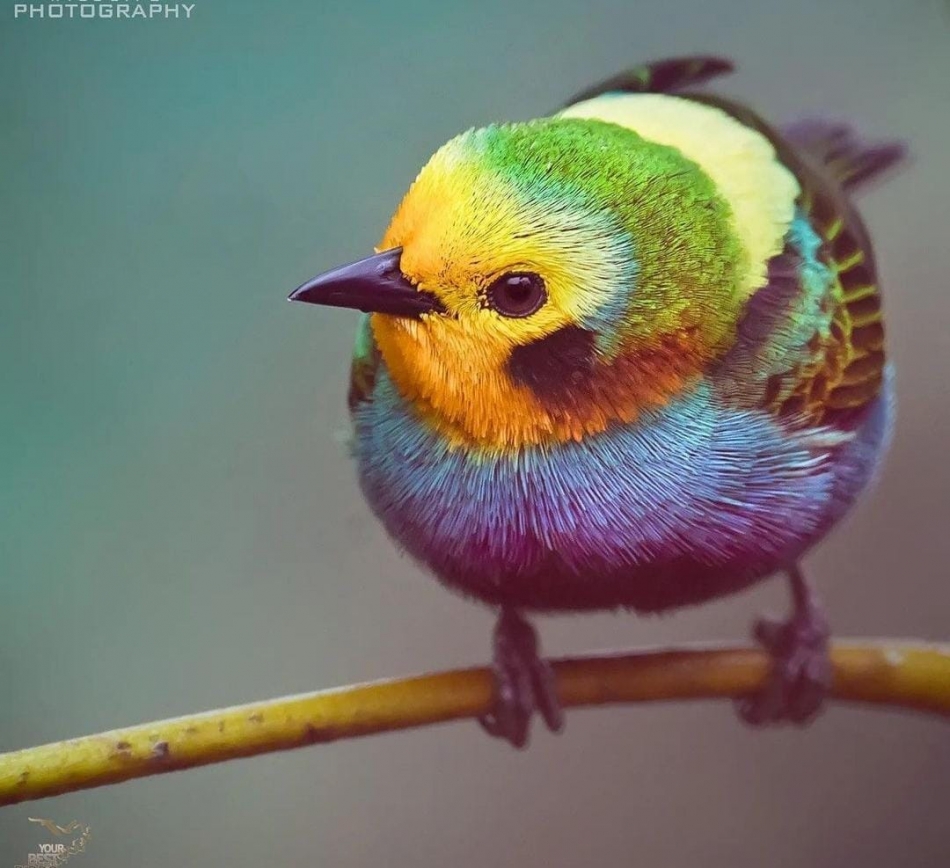
The multi-colored tanager is a small bird measuring around 12 cm in length. The males have a vibrant appearance with a yellow crown, face, mantle, and throat, chestnut and black ear coverts, bright green nape and wings, blue rump, breast, and belly, as well as a black patch on the underparts. On the other hand, females are more muted in color and lack the yellow mantle and black patch. Juvenile birds resemble females but are even duller in appearance. This species is native to the wet montane forests of Colombia’s Occidental and Central Cordillera regions, typically found at elevations ranging from 900 to 2200 meters above sea level. Although it prefers mature forests, it has also been spotted in mature secondary forests and forest edges. The multi-colored tanager is commonly seen in the Valle del Cauca Department, where it resides year-round and can be found even in small forest fragments.
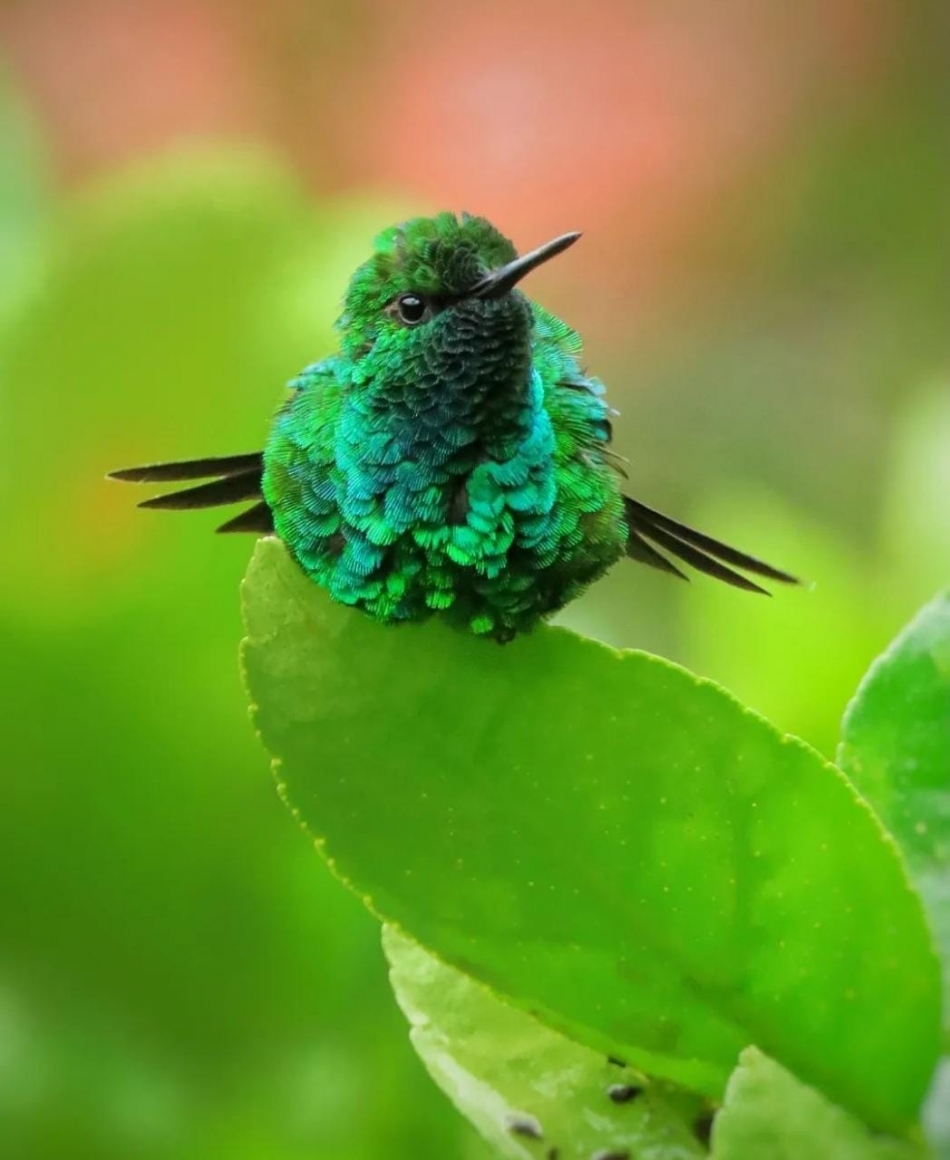
The Western Emerald Hummingbird, scientifically known as Chlorostilbon melanorhynchus, is a charming bird native to the lush forests of western Colombia and Ecuador in South America. This species is abundant in these regions, where it can be observed in subtropical, tropical, and montane habitats. Its global range covers approximately 153,000 square kilometers, and it is commonly spotted in various parts of its habitat. Check out this delightful video to catch a glimpse of the Western Emerald Hummingbird in action!
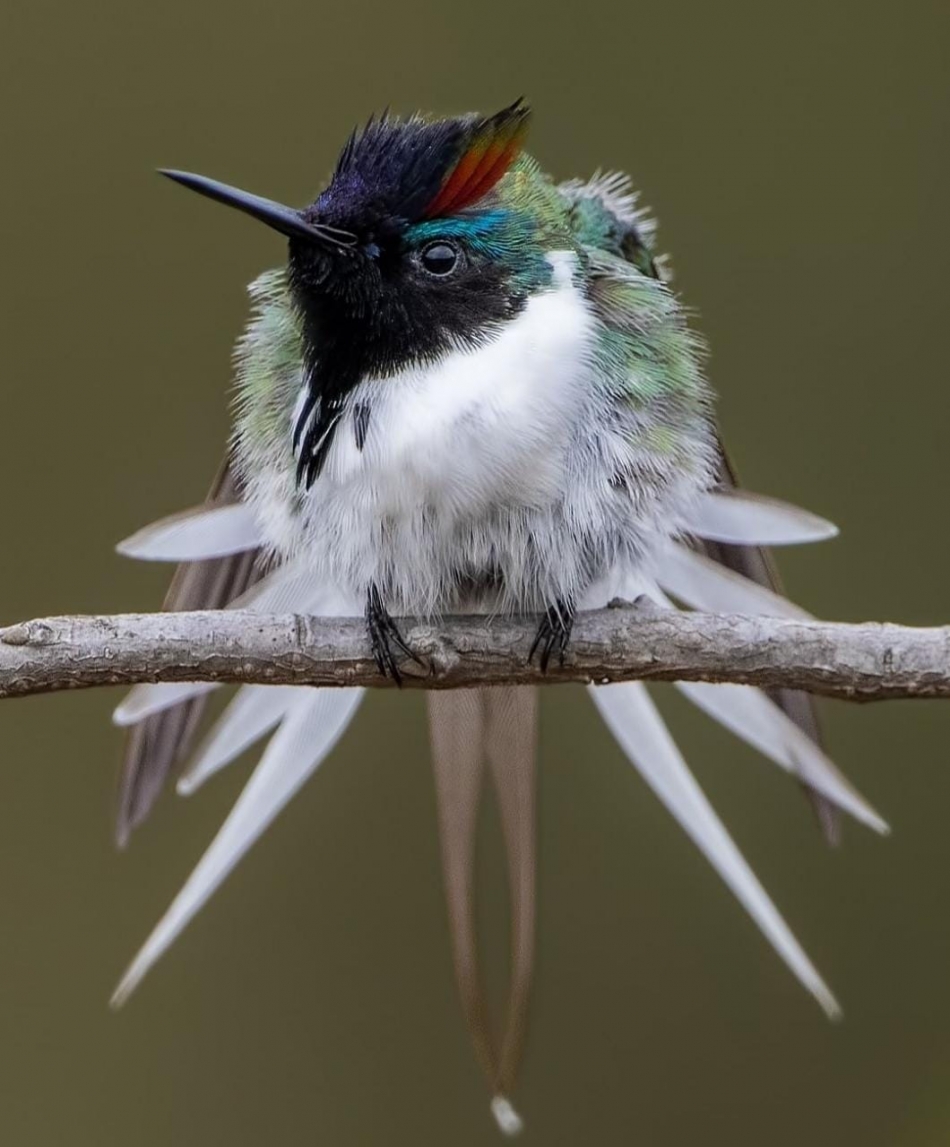
The Horned Sungem bird species is known for its exceptionally extensive range, which keeps it from being classified as Vulnerable due to decreasing population trends. While the exact population size is unknown, it is not thought to meet the criteria for being considered Vulnerable in terms of population decline. Therefore, the status of the Horned Sungem is categorized as of Least Concern based on these factors.
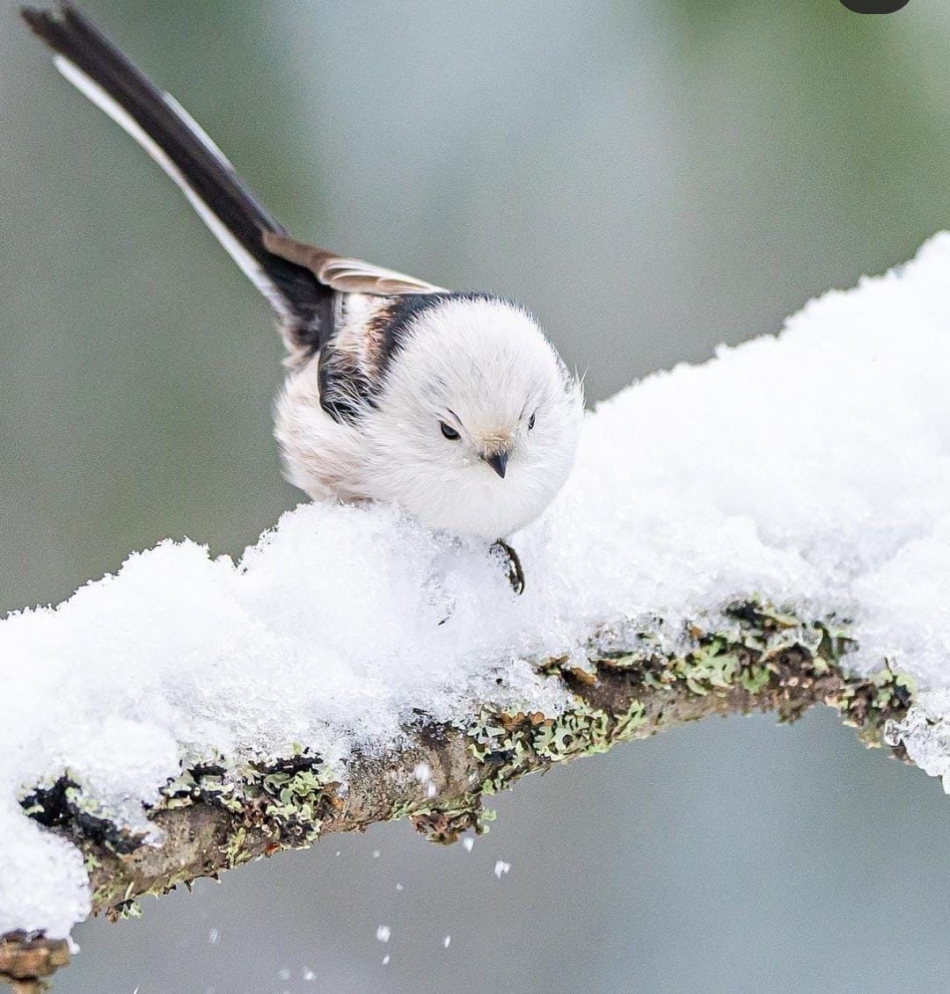
The Long-tailed Tit is a widespread bird found in the temperate regions of the Eurasian Continent. It is also known as the silver-throated tit due to the white feathers on its belly. With its small, round body measuring 13-15 centimeters in length (including its tail of approximately seven-nine centimeters) and a short bill, this bird is quite charming. Its diet consists mainly of insect eggs and larvae, such as moths and butterflies. Although the long-tailed tit has faced some population declines in the past due to severe cold weather, it is currently classified as a species of least concern by the IUCN, indicating that it faces little to no threat. Let’s take a closer look at this delightful creature.
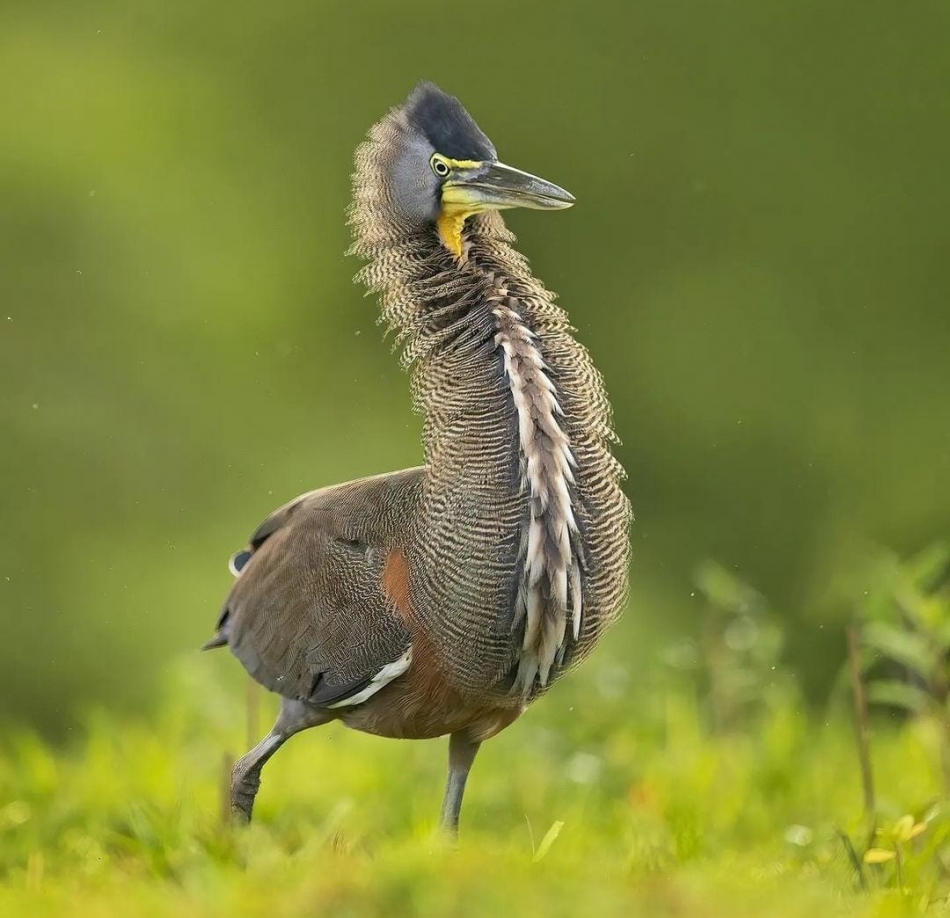
The Bare-throated Tiger Heron, found in regions such as coastal Mexico, Central America, and northern South America, is a medium-sized heron with cryptic coloring. It has a green face, black crown and nape, and grey sides of the head. The upper bill is black with a blue horn edge, while the lower bill is a dull yellow. Its irises range from yellow to silver, with yellow-green lores and a featherless throat that extends to the lower bill. There is a black line running from its eye to the throat and tawny and white stripes on the front of its neck. The hind neck is finely barred in brown and buff, with a dark olive-brown back and black flight feathers. Its underparts are cinnamon, and thighs are grey, with dark grey olive to slate green legs. During nesting, the bare throat may turn bright yellow to orange. Little is known about the population size or trends of this species, but it is widespread throughout its range. It has been reported as common in certain areas like Honduras, Guatemala, Belize, Nicaragua, and Costa Rica. However, it may be rare to uncommon and possibly declining in Panama, and at risk in northern Colombia.
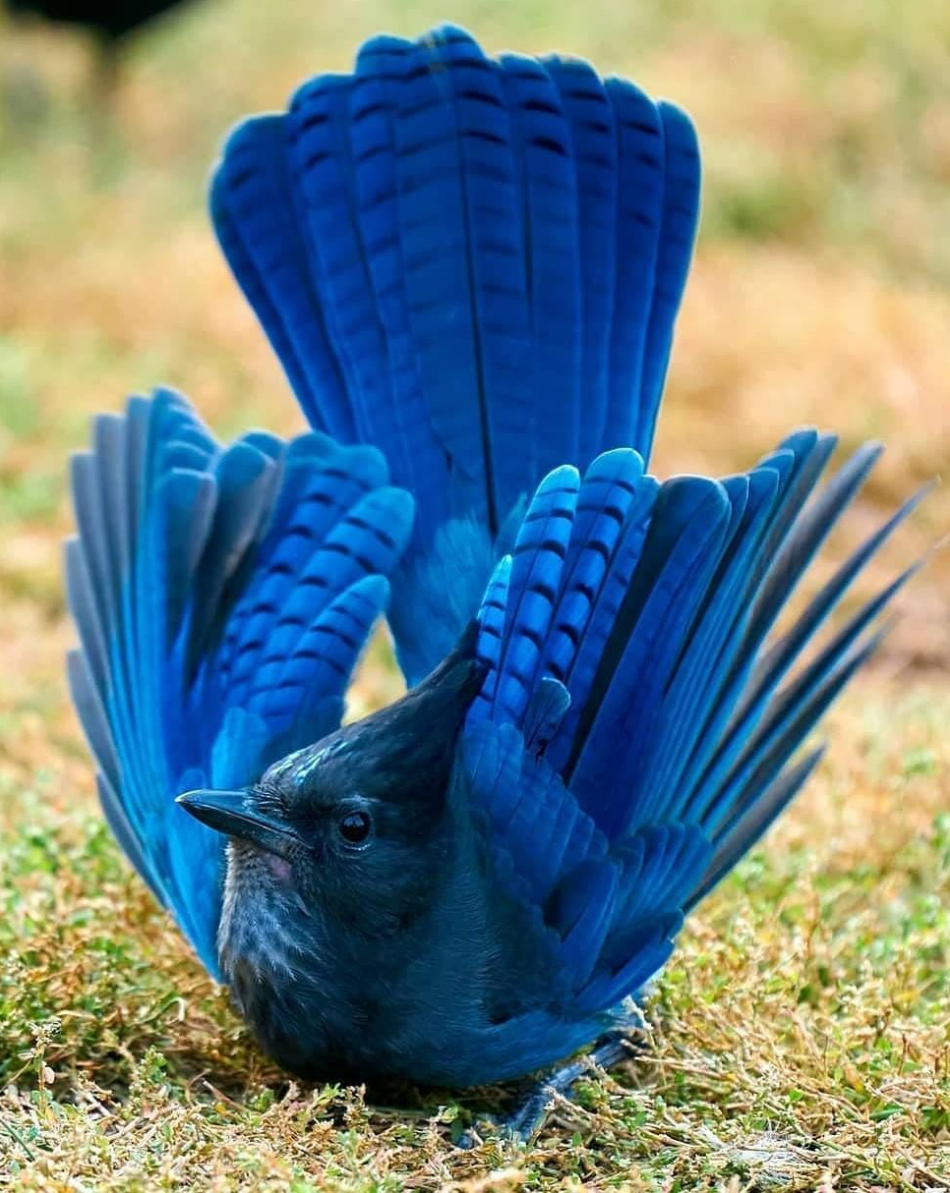
The Stellar’s Jay is a striking bird characterized by its deep blue and black feathers and a long, shaggy crest. It has a black front with a deep blue rear, and faint dark barring on its wings. Adults have blue ‘eyebrows’ above their eyes, while juveniles have a slightly browner head. These birds use mud to build their nests and are known to come to bird feeders to take peanuts, storing them in their crops before flying away. Stellar’s Jays and Blue Jays are the only North American jays with crests, and they occasionally interbreed to produce hybrids. They have a banding pattern on their feathers and will stash nuts in the ground to eat during the winter, often forgetting where they buried them which allows the nuts to germinate and grow into young trees.
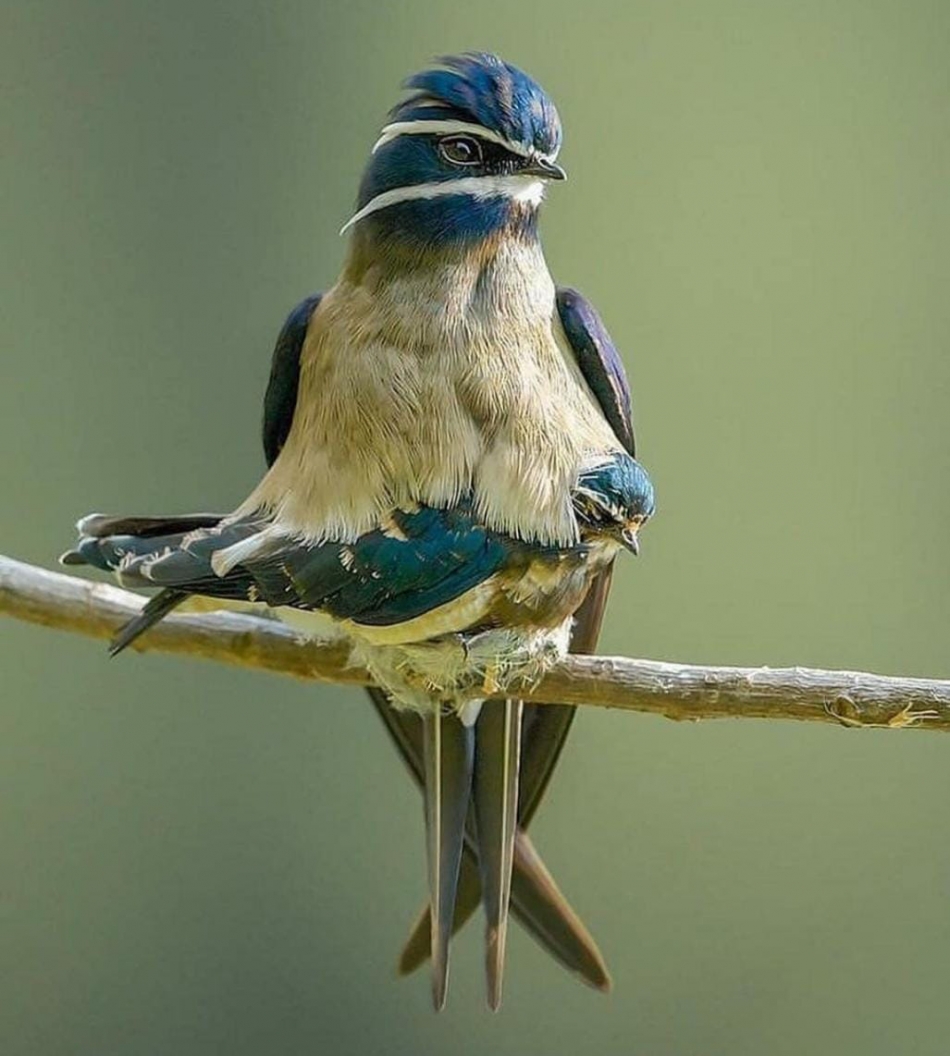
The Whiskered Treeswift, scientifically known as Hemiprocne comata, is a unique bird belonging to the Hemiprocnidae family. This species can be typically found in countries such as Brunei, Malaysia, Singapore, Indonesia, Myanmar, Philippines, and Thailand. The male Whiskered Treeswift boasts a striking appearance with its dark bronze-brown body, white belly, long wings, and deep blue forked tail. Its natural habitats include subtropical or tropical moist lowland forests, mangrove forests, and moist montane forests. These forest-dwellers can often be spotted flitting around small breaks in the canopy, following the tallest trees in search of food. While they are known to inhabit areas up to 1000 meters in elevation, they are frequently seen at lower altitudes in the Malay Peninsula. This bird’s unique and elegant presence in its natural habitats is truly a sight to behold.
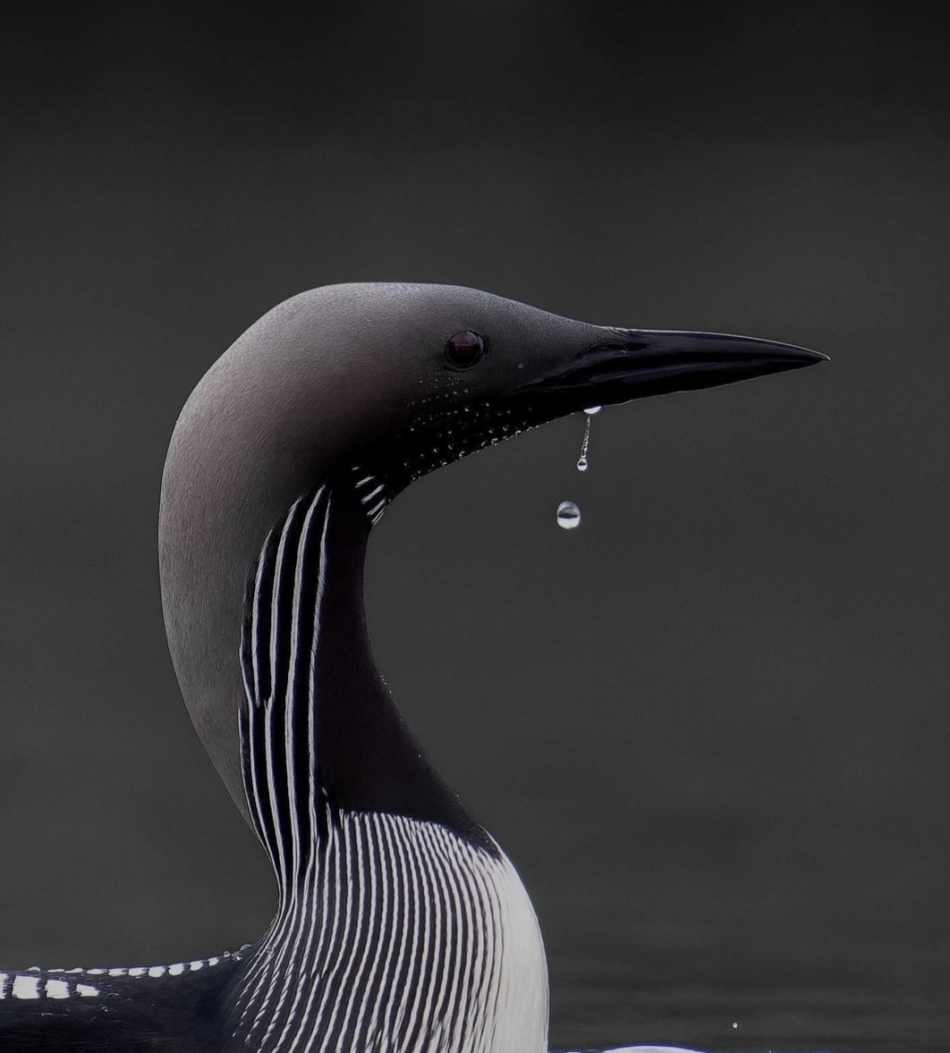
The Black-throated Loon, also known as the Arctic Loon, is a migratory water bird that can be found in the northern hemisphere. They breed in freshwater lakes in northern Europe and Asia, and during winter, they can be found along the coastlines of the north-east Atlantic Ocean and the eastern and western Pacific Ocean. This particular species of loon was first identified by Carl Linnaeus in 1758 and has two subspecies. While it was once believed to be the same species as the Pacific Loon, recent studies have suggested otherwise. Despite a decline in population, the Black-throated Loon is currently classified as least concern by the IUCN due to a gradual decline in numbers. Conservation efforts are in place to protect this species under various treaties and acts.


